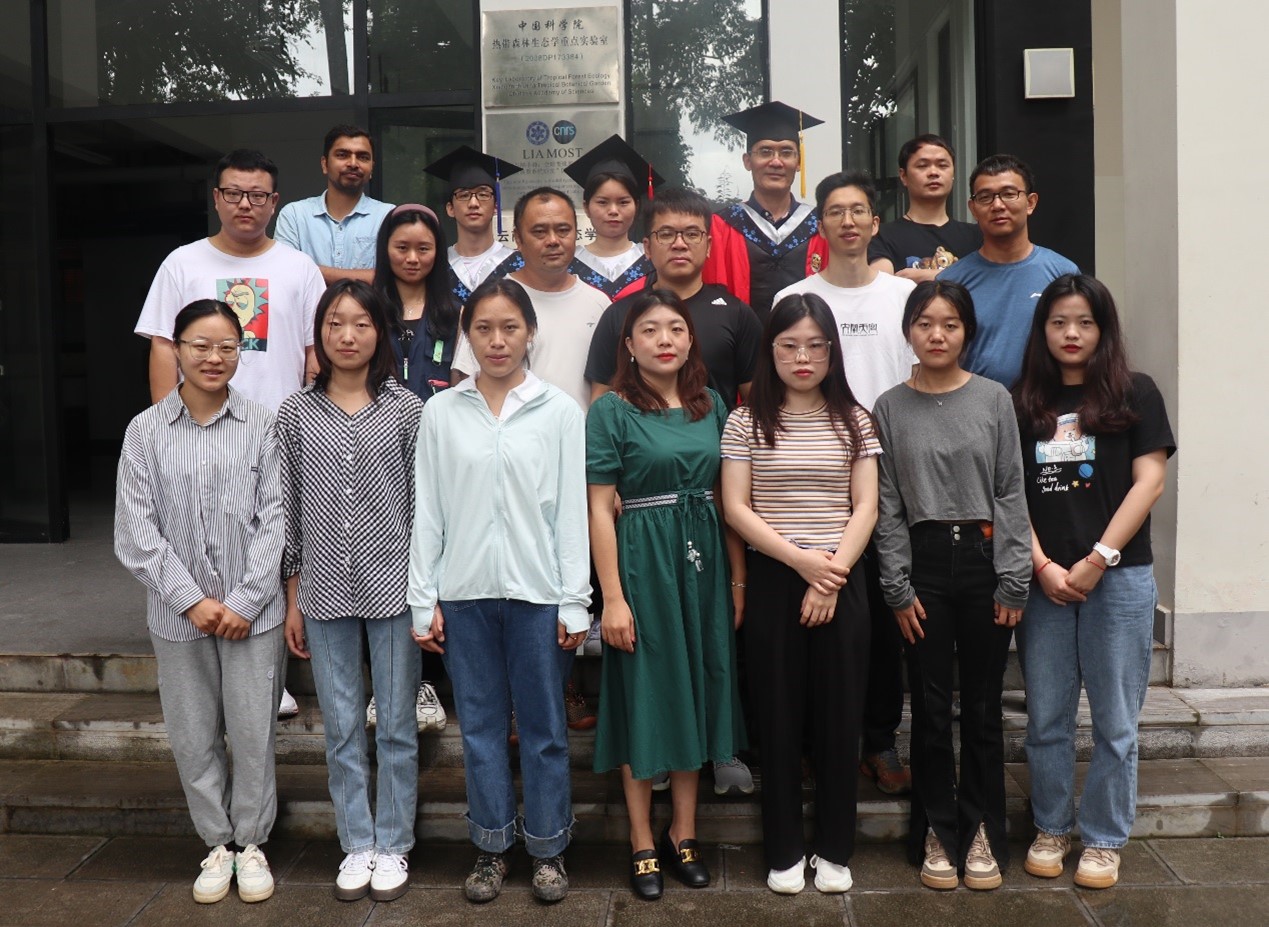
研究目标:
(1)土壤侵蚀方面:重点探讨热带农耕地、人工林、自然森林的土壤侵蚀形成机制、演变规律,及人工复合生态系统对土壤侵蚀的调控机理和功效。
(2)生态水文功能、水土保持效应方面:依托野外台站和固定大样地,开展流域尺度的水土保持功能、水文循环规律研究,探讨气候变化背景下流域的水文循环模式、生态水文功能演变规律。
(3)植物水分养分利用方面:分析人工林、自然森林及其恢复-演替序列的植物水分养分获取策略、种间水分关系及对水文循环模式的影响,探讨水分养分胁迫环境下植物的竞争-共存机制。
Research interests and goals
The major research of the Ecohydrology Research Group (EHRG) at Xishuangbanna Tropical Botanical Garden (XTBG), Chinese Academy of Sciences, is focused the mechanisms controlling water and soil processes in relation to environmental variables in tropical and subtropical forests area in SW China and Southeast Asia. This includes investigating the ecohydrological function, soil erosion, soil water migration, hydrology modelling, manipulation and management of water and soil processes for the tropical and subtropical forests, restoration of degraded lands. Using stable isotope techniques (δD, δ18O, δ13C and δ15N), the group studies water- and nutrient-use strategies and patterns of plants in tropical or subtropical forests and plantations in relation to environment change. The following three topics are our main research themes:
(1). The dominant land use in the area is commercial rubber plantations. It is commonly recognized, therefore, that the change in land-cover vegetation to rubber monoculture may result in excessive water loss and soil erosion, soil hardening and crusting. We try to understand how changes in land use has altered ecohydrological functioning, using a set of more than 35 permanently marked large-scale watersheds. This information can be used to inform conservation planning and management.
(2). In recent years, the local government has proposed building environmentally friendly rubber plantations (i.e., rubber-based agroforestry systems) which aim to reduce water and soil loss. Currently, Chinese scientists have developed a variety of rubber-based agroforestry systems to improve such degraded lands. We try to understand the effect of different intercropping patterns on mechanisms of soil erosion, soil and water conservation, ecohydrological functions in rubber agroforestry system.
(3). Our understanding of the mechanisms that underlie plant competition for water and nutrient is still developing because of the complexity of resource competition, so this is a field with plenty of open questions. Using stable isotope techniques (δD, δ18O, δ13C, and δ15N), we study water- and nutrient-use strategies and patterns of plants in tropical, subtropical forests, and rubber-based agroforestry systems in Southeast Asia in relation to environment change.
Copyright 2002-2022 中国科学院西双版纳热带植物园【滇ICP备13004273号-1】




